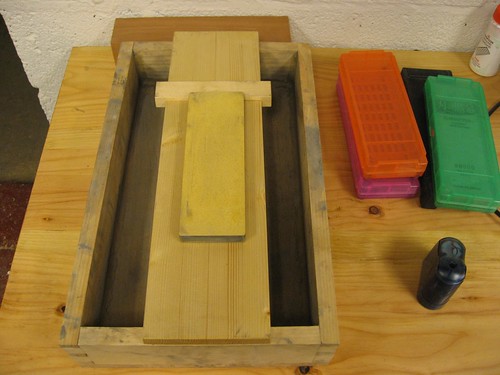Those who say oil stones are slower apparently don't have coarse and medium carborundum and India stones in their inventory to true up rough edges before moving to the novaculite stones.

But anyway....if you're still tied down to jigs you're wasting time far beyond any difference in stone type. Take the time necessary to master freehand honing and you'll be able to sharpen anything, anywhere and at any time in a small fraction of the time you'll spend fussing with jigs and Tormeks.
Basic Sharpening
http://www.sawmillcreek.org/showthread.php?t=12747
““Perhaps then, you will say, ‘But where can one have a boat like that built today?’ And I will tell you that there are still some honest men who can sharpen a saw, plane, or adze...men (who) live and work in out of the way places, but that is lucky, for they can acquire materials for one third of city prices. Best, some of these gentlemen’s boatshops are in places where nothing but the occasional honk of a wild goose will distract them from their work.” -- L Francis Herreshoff





 Reply With Quote
Reply With Quote







